investors turn to private debt in search of compelling cash yield
09 January 2023Investors are increasingly looking for ways to enhance the absolute value and predictability of yield on cash held, which in many instances is earning a negative real return. Rapidly rising global interest rates have driven significant market volatility, which has put pressure on returns in many investment portfolios.
In this context, private debt is emerging as the next frontier for investors looking to generate double-digit returns that are secure, predictable and uncorrelated to traditional debt products such as fixed income and bonds.
Also known as private credit or direct lending, this asset class has grown exponentially over the past decade as commercial banks and lenders tightened credit extension criteria following regulatory reforms post the global financial crisis. This trend has been further exacerbated by steep recent global interest rate hikes, which have driven banks to further pull back from the extension of new credit in favour of increased existing portfolio management.
Growth in private debt averaged 13.5% annually over the past decade, according to the 2022 Preqin Global Private Debt Report. Private debt is now the world’s third largest alternative investment class, with total assets under management (AUM) of an estimated $1.4tn. Preqin forecasts that this growth will accelerate at a compound annual growth rate (CAGR) of 17.4% between 2022 and 2026, propelling private debt to become the world’s second-largest alternative asset class next year.
Private debt investment strategy defined
Non-bank private debt providers – typically institutional and private investors, debt funds and insurance companies – extend loans to small to medium-sized private companies that require capital to deploy into specific areas of the business, which could include acquisitions, expansion, investing to build or transform infrastructure or improve operations.
Private debt encompasses a diverse range of flexible debt options that can include direct lending, mezzanine funds, private debt funds, hedge funds, high-yield bonds, Collateralised Loan Obligations (CLOs), distressed debt and special situations.
Borrowers typically access private debt at a higher interest rate over shorter loan terms compared to traditional fixed-rate loans, and repay private debt providers with interest over time according to specified, privately negotiated terms and lending structures.
The resultant surge in demand for private debt funding has made it the fastest growing alternative investment asset class in the world – private debt now trails only private equity and venture capital in terms of overall size, and it is often considered less risky and more reliable than these alternative investment options.
The interest rate factor
Investors have flocked to private debt as well-managed investment strategies can generate compelling risk-adjusted returns and diversify away from the traditional asset classes that have experienced significant losses in the face of sustained market uncertainty and inflation.
Accessing returns that are uncorrelated to the traditional investment markets offers an attractive alternative to mainstream debt solutions (such as fixed income and bonds) in volatile and declining markets where the outlook is negative for some time to come.
Moreover, higher inflation and the resultant rise in interest rates push fixed rate bond prices lower and create a more challenging environment for fixed income investors to earn a satisfactory yield on long-duration investments.
Conversely, the pace and scale of the current interest rate hiking cycle has made private debt more attractive, as private loans are generally floating rates in nature, and therefore benefit from higher yields without an associated mark-to-market adjustment. The asset class also offers portfolio diversification, risk mitigation and real liquidity.
Risk mitigation benefits
In contrast to listed bonds, which are generally unsecured, private loans often benefit from tangible asset security (such as a property), thereby allowing investors to de-risk by assuming a preferential position in a liquidation event.
Private debt generally offers investors better downside protection as experienced teams focus extensively on due diligence and typically implement strong structural protections, including contractual cashflows, covenants and significant equity cushions.
The trade-offs?
Due to the direct nature of the investment, private debt investors do not benefit from the liquidity provided by listed instruments. Investors need to agree to a lock-in period of generally between 18-24 months. Although some perceive this as a downside, many investment managers are quick to point out that the locked-in nature of the investment can lead to better long-term decision making by investors, avoiding the ‘buy high, sell low’ mentality that listed investment price swings can often lead to.
Overall, private debt investments mitigate many investment risks through direct security and a lack of mark-to-market volatility, while offering higher and more reliable income streams that increase absolute value returns relative to comparative investments such as fixed income.
And with the potential for interest rates to keep rising over the medium term, private debt will likely continue to fare better than traditional fixed income instruments, due to its combination of compelling higher yields and manageable lock-in periods.
From a local perspective, South African investors seeking stable, yielding income flows can benefit from the increased returns available from funds lending in local currency and in international currency from offshore funds, with additional potential tax-efficiency benefits.
Investors turn to private debt in search of compelling cash yield “Growth in private debt averaged 13.5% annually over the past decade, according to the 2022 Preqin Global Private Debt Report”
Source: MoneyMarketing





